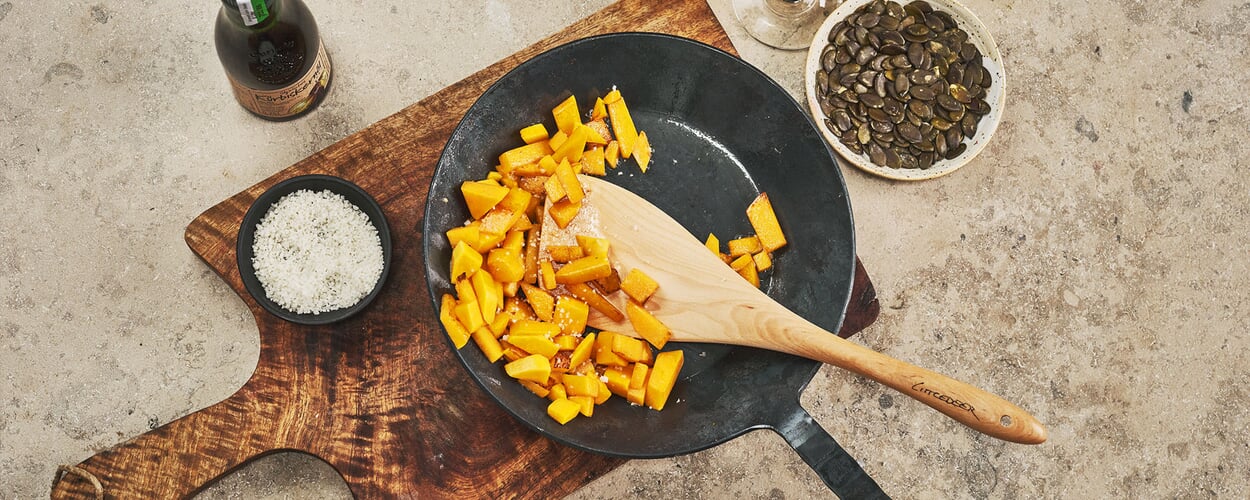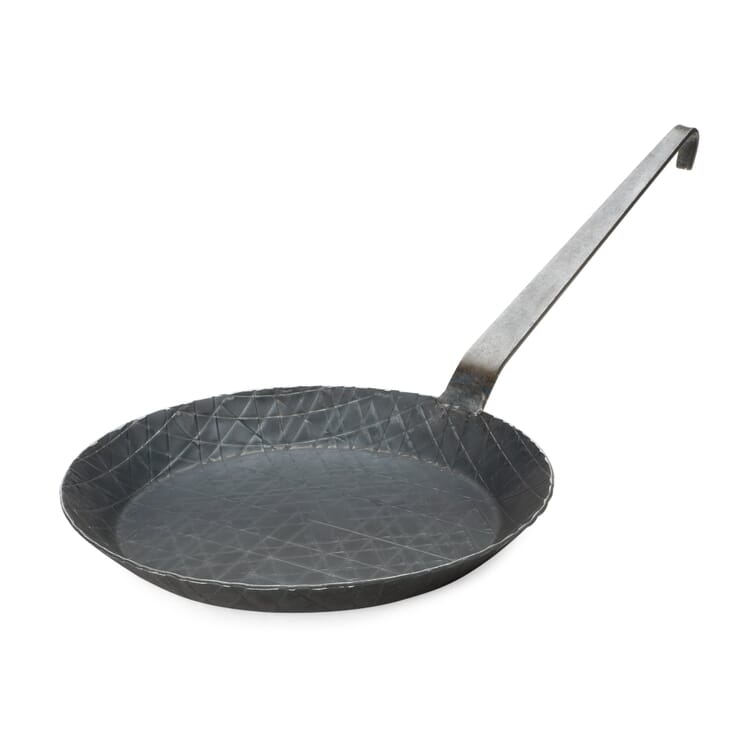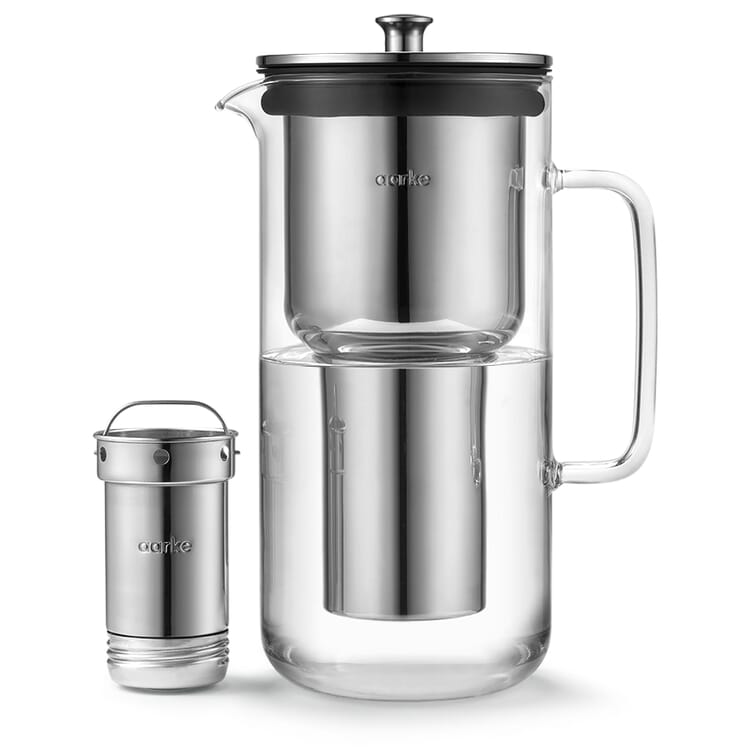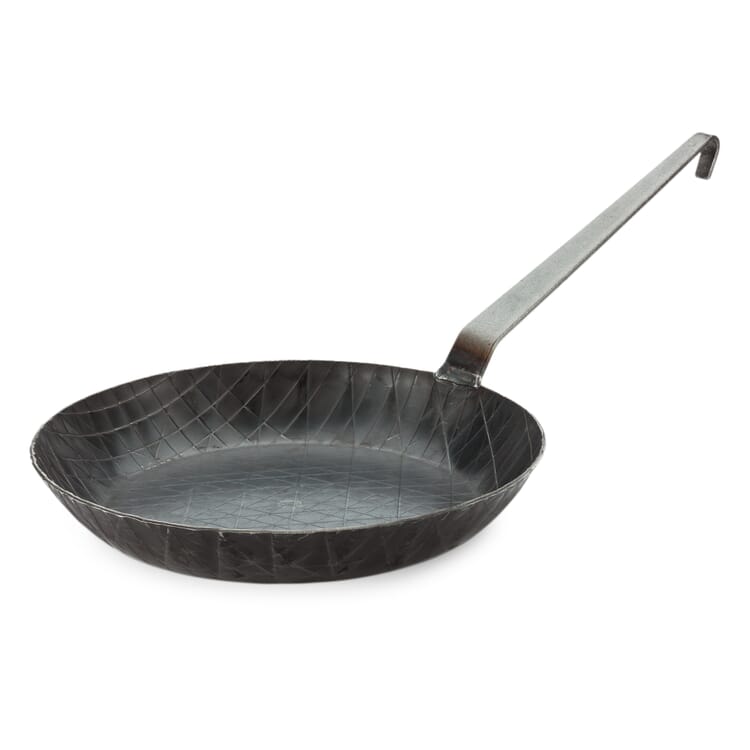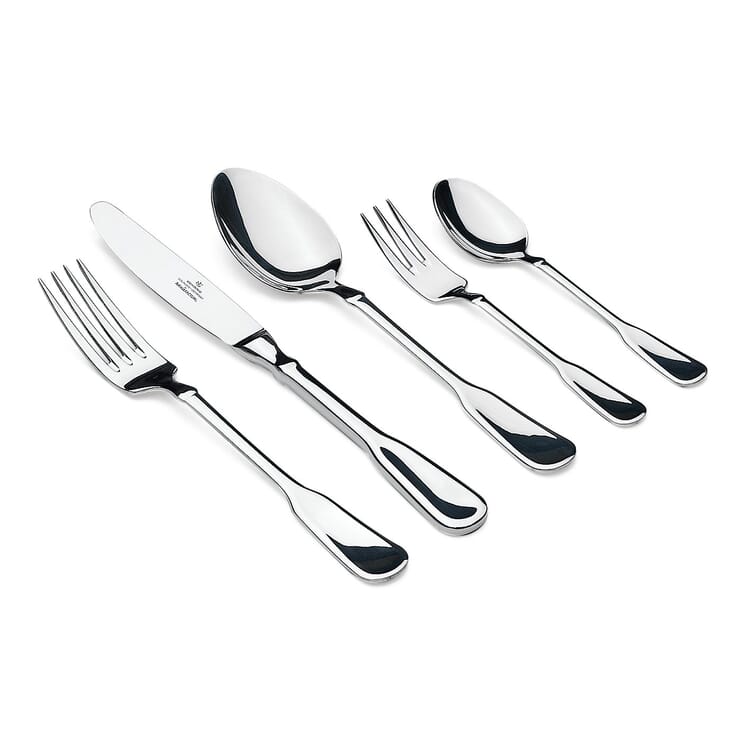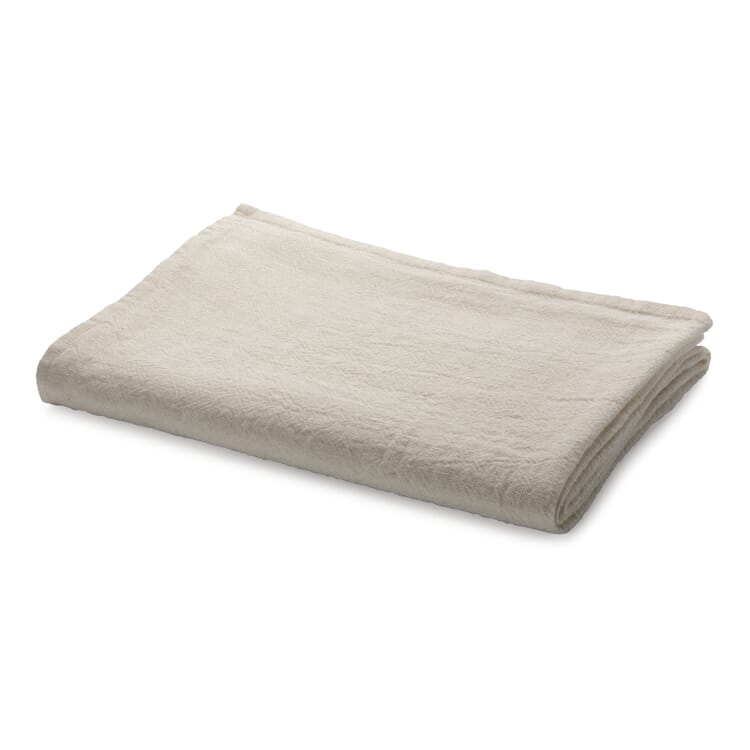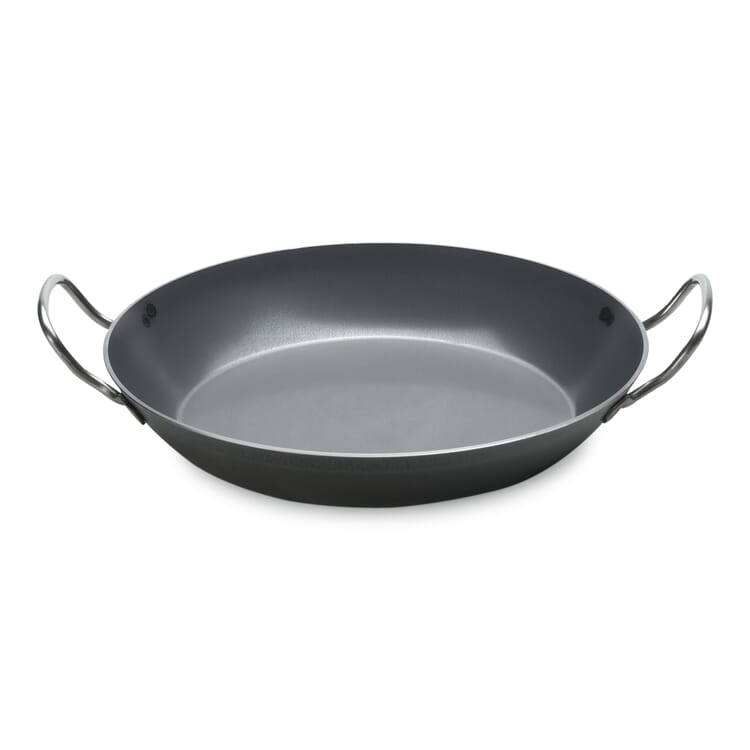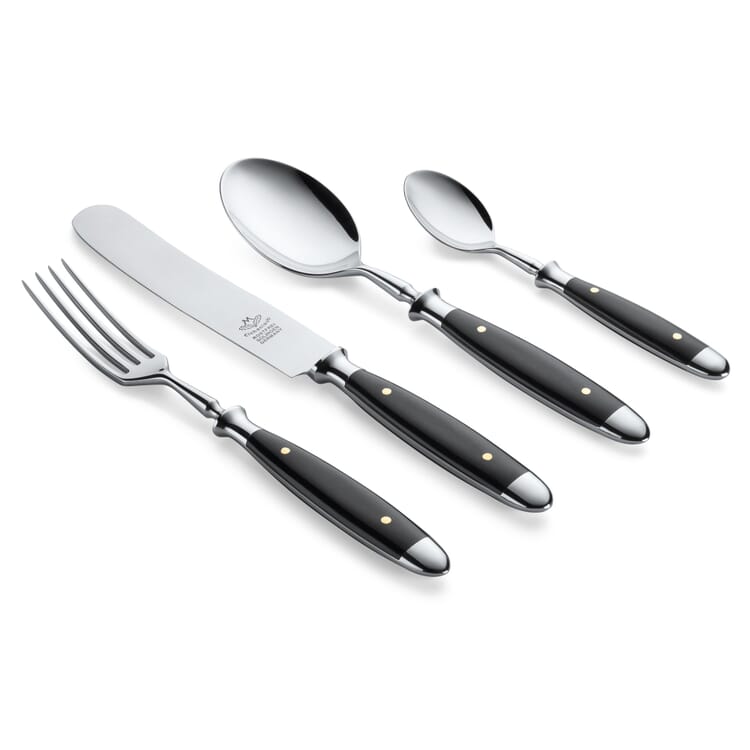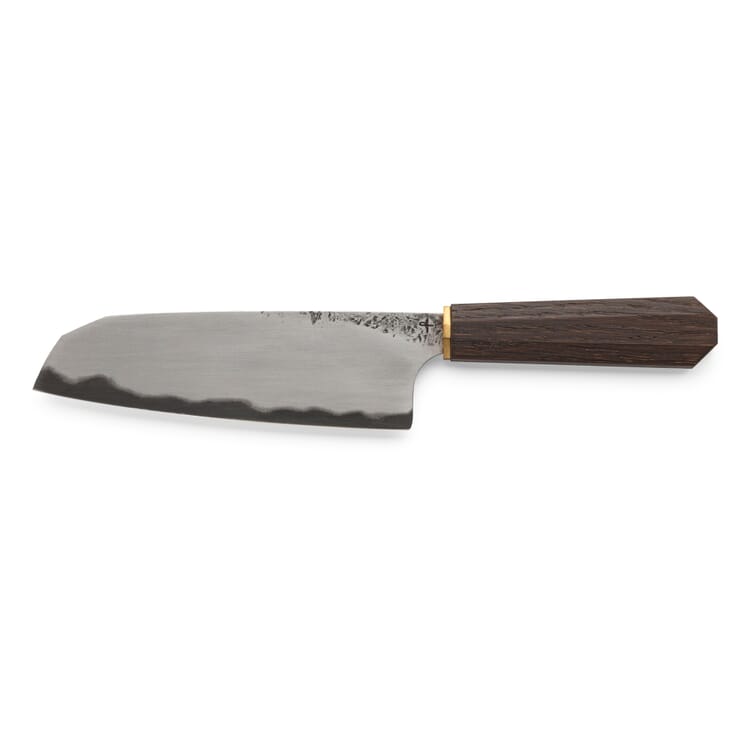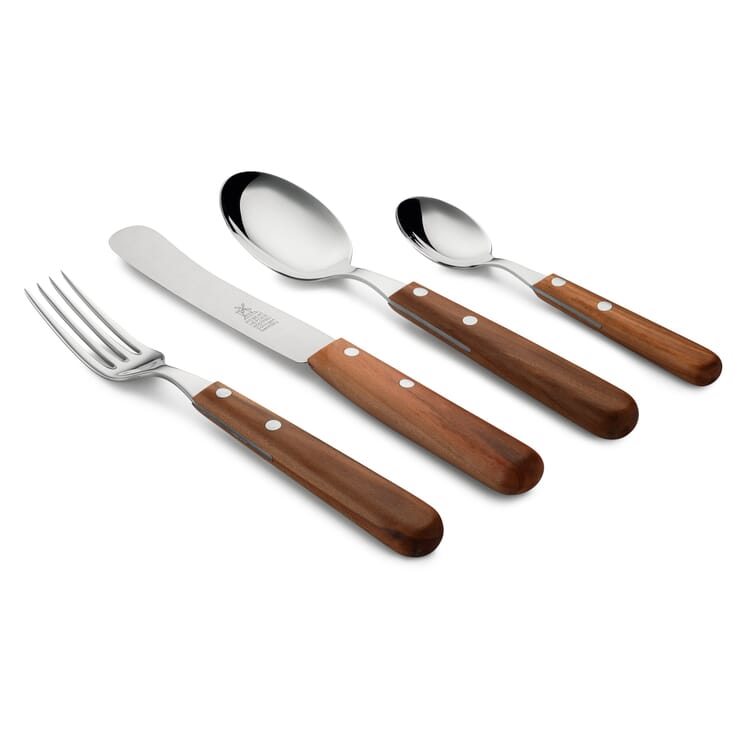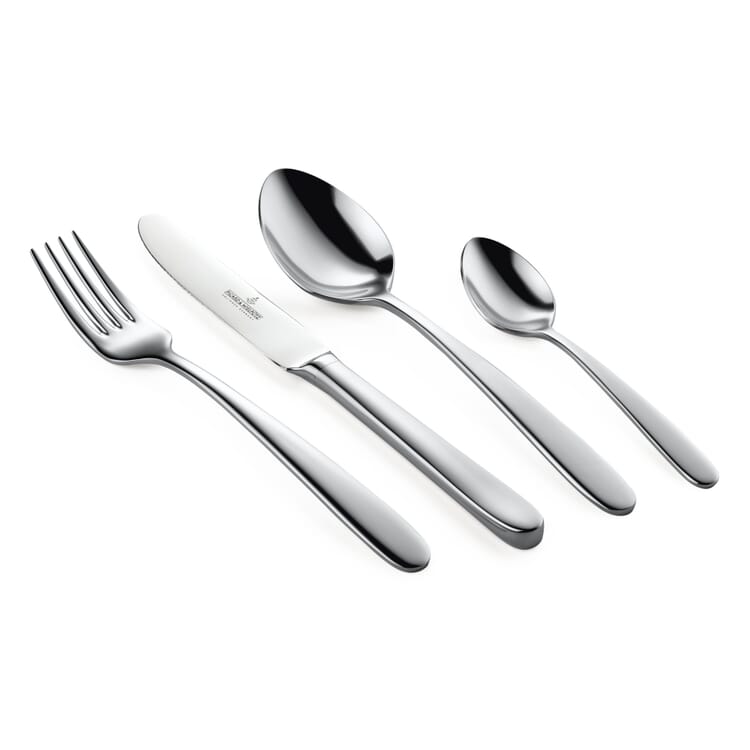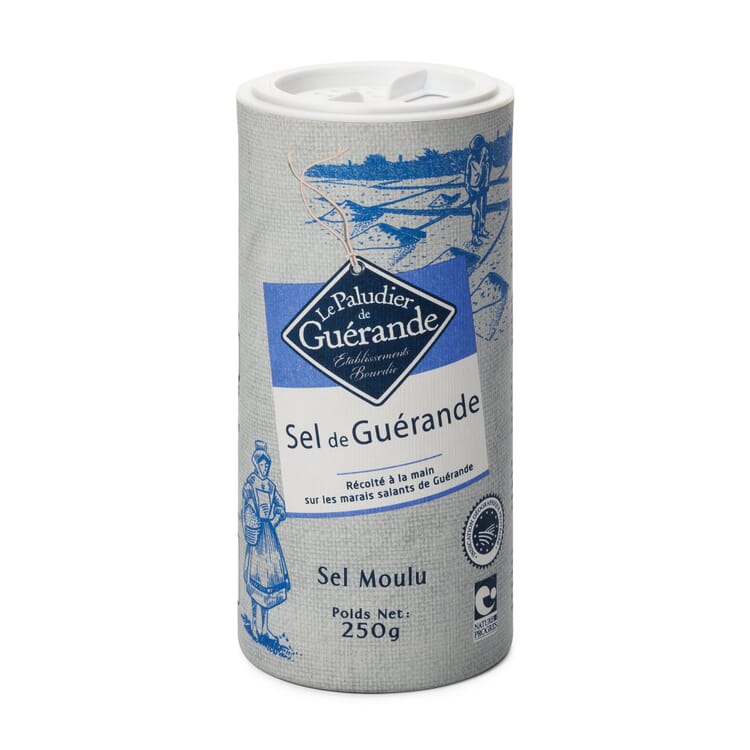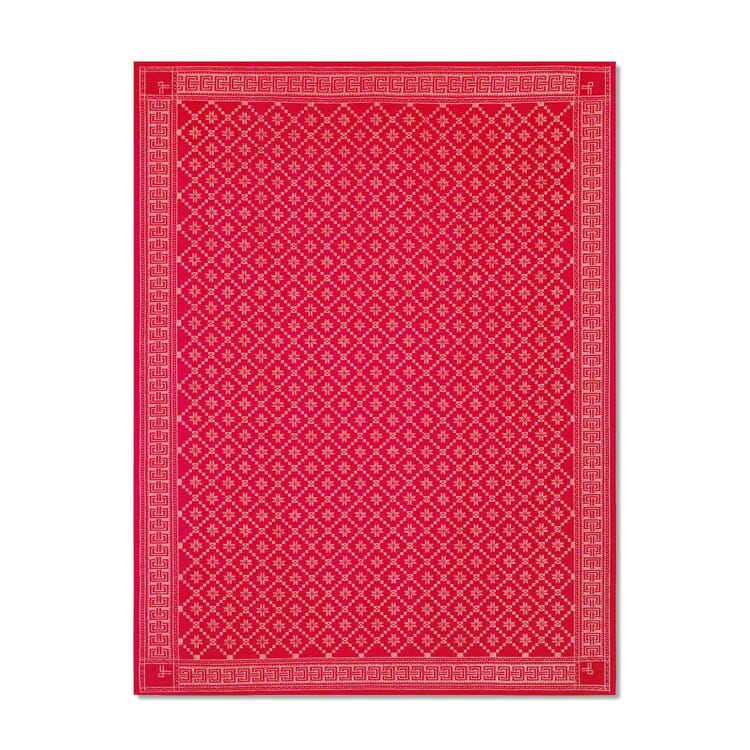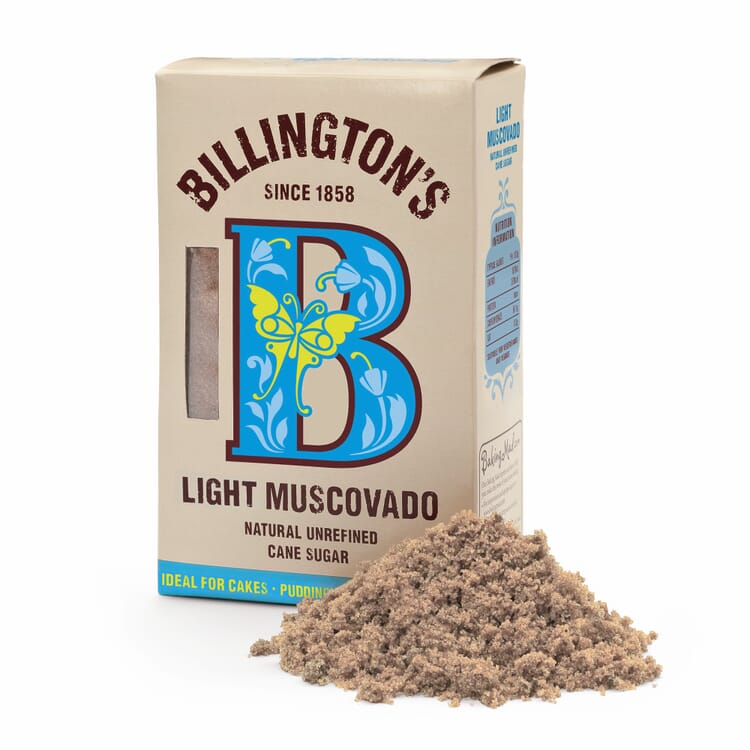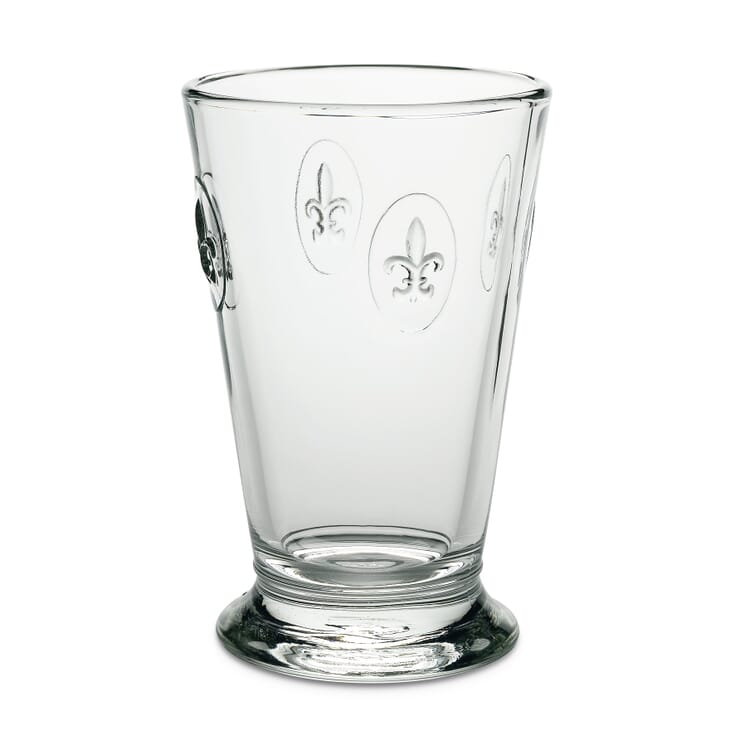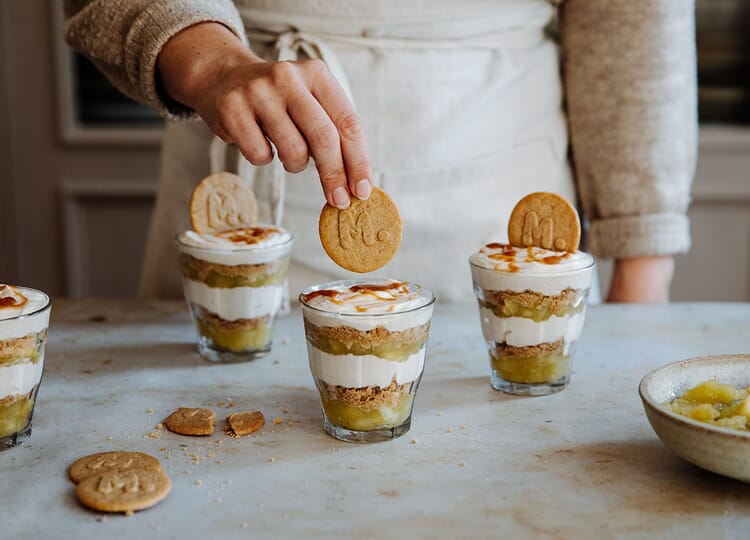Recipe
Our Christmas menu. Seasonally inspired three courses
It should be festive, taste good for everyone invited - and be as uncomplicated as possible for the hosts to prepare in simple steps: the Christmas menu. This year, we've had enough of red cabbage and dumplings and suggest preparing an admittedly less traditional main course based around beet and pumpkin instead. The starter: Cream of morel soup. And the dessert? Oh là là, quel délice! How about a classic tarte tatin, baked in an iron skillet and served with vanilla ice cream? The good thing about our selection: Many things can be prepared the day before.
Explosion of flavor. Cream of morel soup to start
Hardly anything tastes as intense as the aroma of dried morels. You only need a few good ingredients to make the most of it, as in this starter. Tip: The white port from Quinta de la Rosa in Pinhão used in this recipe goes perfectly with a Portuguese-inspired aperitif - the perfect opening to your Christmas menu.
Ingredients for 4 servings
- 25 g dried morels and 750 ml soaking water
- 2 shallots
- 35 g butter
- 100 ml dry white wine
- 50 ml white port wine
- 1 tsp vegetable stock (powder)
- 150 ml cream
- 2 tbsp rum (or cognac)
- a little cornflour to thicken
- a dash of lemon juice
- salt, pepper - soy sauce (alternatively Viennese seasoning)
- a little garlic (freshly grated or sliced)
- chives to taste
Preparation
- Soak the morels in lukewarm water and leave to soak for about an hour. Drain through a fine-mesh sieve, reserving the soaking water.
- Set aside about half of the morels. Finely chop the remaining mushrooms and sauté in the butter with the finely diced shallots. Deglaze with white wine and white port and allow the liquid to reduce slightly.
- Strain the soaking water again through a fine-mesh sieve. Bring to the boil with the vegetable stock and add to the morels and shallots (use 500 ml meat stock instead). Add the remaining mushrooms, unchopped, and cook over a low heat for at least 15 minutes.
- Add the cream and rum. Thicken the soup with a little cornflour stirred into cold water until smooth, season to taste with salt, pepper, lemon juice and soy sauce (or Viennese seasoning).
- serve on plates. Serve with a pinch of freshly sliced or grated garlic and some finely chopped chives.
Eating raw morels - whether fresh or dried - can lead to symptoms of poisoning. Therefore, make sure to boil both the prepared mushrooms and the soaking water for at least 15 minutes if you want to use them.
Color on the plate. The main course
Seasonal vegetables also provide vitamins at Christmas. In just a few simple steps, you can transform the fresh ingredients into deliciously colorful main characters on the plate. Remember: if you're having a meal with guests, it's easier to relax in the kitchen if you prepare the side dishes first and keep them warm until serving. This way, the component of our main course with the shortest cooking time can be prepared to perfection in peace. We have prepared skin-on roasted zander. (Marinated tofu is a suitable plant-based alternative).
Ingredients
For the beet poffertjes:
- 250 g beet (weighed out from the garden)
- 3 eggs
- salt
- 220 g wheat flour
- 75 g butter plus a little more for coating
- clarified butter
For the pumpkin vegetables:
- Butternut squash (cleaned, 120-150 g per person)
- clarified butter for frying (alternatively olive oil)
- coarse salt
- pumpkin seed oil
- roasted pumpkin seeds to taste
For the fish:
- Pike-perch fillet with skin, fresh or frozen (gentle defrosting in the refrigerator is recommended): Allow about 120 g of fish per person
- clarified butter for frying
- salt and pepper to taste (freshly ground pepper)
For the sauce to accompany the fish:
- Breton fish soup (half a can or a whole can, depending on preference and number of guests)
- the same amount of cream
- vermouth
Preparation
- first make the sauce: pass the fish soup through a fine-mesh sieve before heating it in a pan. Add one part cream per part soup and bring both to the boil. Season to taste with a dash of vermouth. Reheat before serving and blend briefly with a hand blender.
- For the poffertjes, cook the beet tubers in their skins in the oven at 180-200 °C for about an hour. Leave the tubers to cool, peel and weigh; remove about 50 g and chop finely. Separate the eggs and puree the remaining beet with the egg yolk in a large bowl. Add the flour to the beet and egg mixture and fold in. Melt the butter, leave to cool slightly and stir in. Beat the egg whites with a pinch of salt until stiff and carefully fold in. Finally, add the prepared beet cubes. Pour the batter in batches into the butter-greased wells of our poffertjes pan (preheated on the hob), turn the pancakes after about two minutes and bake for another two minutes on the other side. Tip: To reheat, brush with a little melted butter and place briefly in the oven at 180 °C.
- For the pumpkin vegetables, remove the seeds from the pumpkin and dice. Heat the frying fat in a pan and roast the pumpkin cubes in it until they are cooked but still slightly firm to the bite and have taken on some color. Season with salt and keep warm. Drizzle with pumpkin seed oil before serving and garnish with a few pumpkin seeds roasted in the pan (without fat) to taste.
- Finally, carefully score the fish fillets crosswise on the skin side with a sharp knife (chisel). Heat the clarified butter in a well-fried pan, not too hot, and place the fish skin-side down. Season lightly with salt. At the end of the cooking time, leave the fillets on the flesh side for about 30 seconds. Season with a little freshly ground pepper to taste and serve on plates with a dollop of sauce, pumpkin vegetables and poffertjes.
Traditionally with apple. Tarte Tatin
What goes better with a seasonally inspired festive meal than a dessert with seasonal fruit? Perhaps you can even use apples from your own harvest and storage. We bake our tarte tatin as a mini tart in the iron skillet, which is uncomplicated and makes a real impression on the dessert plate. Our tip: It's best to use tart, fresh-tasting apples with firm, crunchy flesh that doesn't fall apart during baking and also harmonizes perfectly with the sugary sweetness of the caramel. Pears or quinces also go well - and don't forget a scoop of vanilla ice cream!
Ingredients for 4 mini tarts
- 250 g shortcrust pastry (pâte brisée), quickly kneaded from 200 g wheat flour (type 405), 60 g powdered sugar, one egg (fresh from the fridge), 100 g very cold butter (finely diced), a pinch of salt, a little lemon zest
- 2 fresh apples
- 40 g light muscovado sugar (alternatively powdered sugar)
- 40 g butter
Baking time approx. 15 minutes at 220 °C fan oven. Don't forget to preheat the oven.
Preparation
1 Divide the prepared, chilled shortcrust pastry into 4 roughly equal portions and roll out into a round on a floured work surface. The dough pieces should be slightly larger than the bottom diameter of the pan (approx. Ø 11 cm).
2. Core, peel and quarter the apples. Cut the apple quarters crosswise into pieces that are not too thin. You will need about half an apple per tart.
3. now caramelize about 10 g of muscovado sugar (or powdered sugar) per tart in the pan, making sure that the sugar does not get too dark. Add about the same amount of butter, melt and stir in.
4. Remove the pan from the heat and layer in the apple pieces.
5. Finally, carefully place the rolled-out pastry over the apples, closing the gap between the layer of fruit and the edge of the pan.
Allow your tarts to cool for a few minutes before turning them out. This allows the fruit to absorb more caramel.
Recommended Topics
A winter dream of a dessert: delicately crunchy stewed apple compote with a subtle hint of vanilla, cinnamony quark cream, speculoos butter cookie and salted caramel sauce, piled up and appetizingly arranged in a glass ... Is this still a hint of autumn - or does it already taste like Christmas? Whatever occasion you want to treat yourself and your guests to, remember: the components of this layered dessert can easily be prepared the day before, so all you have to do is arrange it just before serving.
View moreWith its delicious aromas, this classic in a powdered guise will bring plenty of Christmas cheer to the plates of your loved ones during the Advent season. Our reinterpretation of the Christmas stollen is just as rich in content as tradition demands, yet unusual in shape and taste: the combination of the slight spiciness of ginger and the sweetness of apricots and marzipan is a delight for the palate and a real addition to any Advent coffee table.
View moreYou'll need a little patience when stirring a homemade torrone - but you'll be rewarded with an aromatic and delicious sweet that your loved ones will be licking their fingers for. In typical Italian fashion, it is not almonds but Piedmont hazelnuts and pistachios from Bronte that play the leading roles in our recipe. The intense flavor of lavender honey from the south of France adds that certain something. As with many traditional recipes, there are many regional variations of torrone. Our recipe is based on the Sardinian method of preparation and therefore requires no added sugar, but the sweet taste leaves nothing to be desired.
View more
